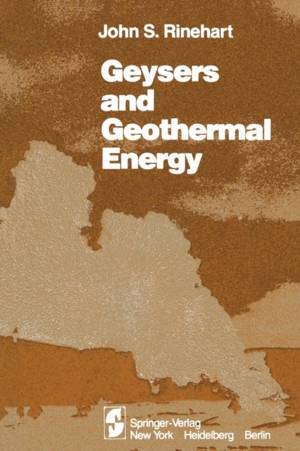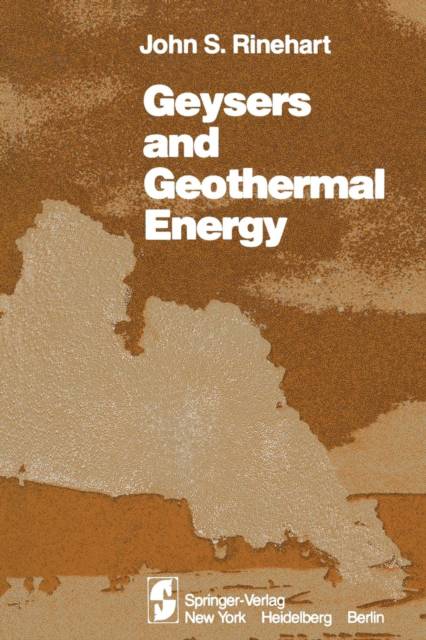
- Afhalen na 1 uur in een winkel met voorraad
- Gratis thuislevering in België vanaf € 30
- Ruim aanbod met 7 miljoen producten
- Afhalen na 1 uur in een winkel met voorraad
- Gratis thuislevering in België vanaf € 30
- Ruim aanbod met 7 miljoen producten
Zoeken
Omschrijving
Geysers. What makes them work? Many who have seen a geyser in action know only that it spouts hot water into the air. Many others have never seen one. Chapter 1, Geysers of the World, delineates their distinguishing features, locates the geyser regions of the world, and places investigations by world travelers and scientists in historic perspective. One of the quickest ways to become acquainted with a geyser is to observe it. The descriptions of several well known geysers, some based on past observations by others, but frequently by me, do not neces- sarily portray current behavior. They do, however, represent general features. Geysers exist as a result of a delicate and unique interplay among the heat, the water, and the rocks of the earth. In essence, heat and water must be available, transported, distributed, stored, and finally released. Chapter 2, The Geologic, Thermal, and Hydrologic State of the Earth, especially that close to its surface, sets the stage for Chapter 3, Fundamentals of Geyser Operation. The geyser is treated here as a simple system consisting of three major interacting elements: a source of water, a source of heat, and a reservoir for storing water. The discus- sion centers around the actions occurring within idealized columnar and pool geysers, and more complex systems. Some of the more workable geyser theories are evaluated.
Specificaties
Betrokkenen
- Auteur(s):
- Uitgeverij:
Inhoud
- Aantal bladzijden:
- 223
- Taal:
- Engels
Eigenschappen
- Productcode (EAN):
- 9781461260868
- Verschijningsdatum:
- 18/10/2011
- Uitvoering:
- Paperback
- Formaat:
- Trade paperback (VS)
- Afmetingen:
- 156 mm x 234 mm
- Gewicht:
- 340 g

Alleen bij Standaard Boekhandel
+ 223 punten op je klantenkaart van Standaard Boekhandel
Beoordelingen
We publiceren alleen reviews die voldoen aan de voorwaarden voor reviews. Bekijk onze voorwaarden voor reviews.











